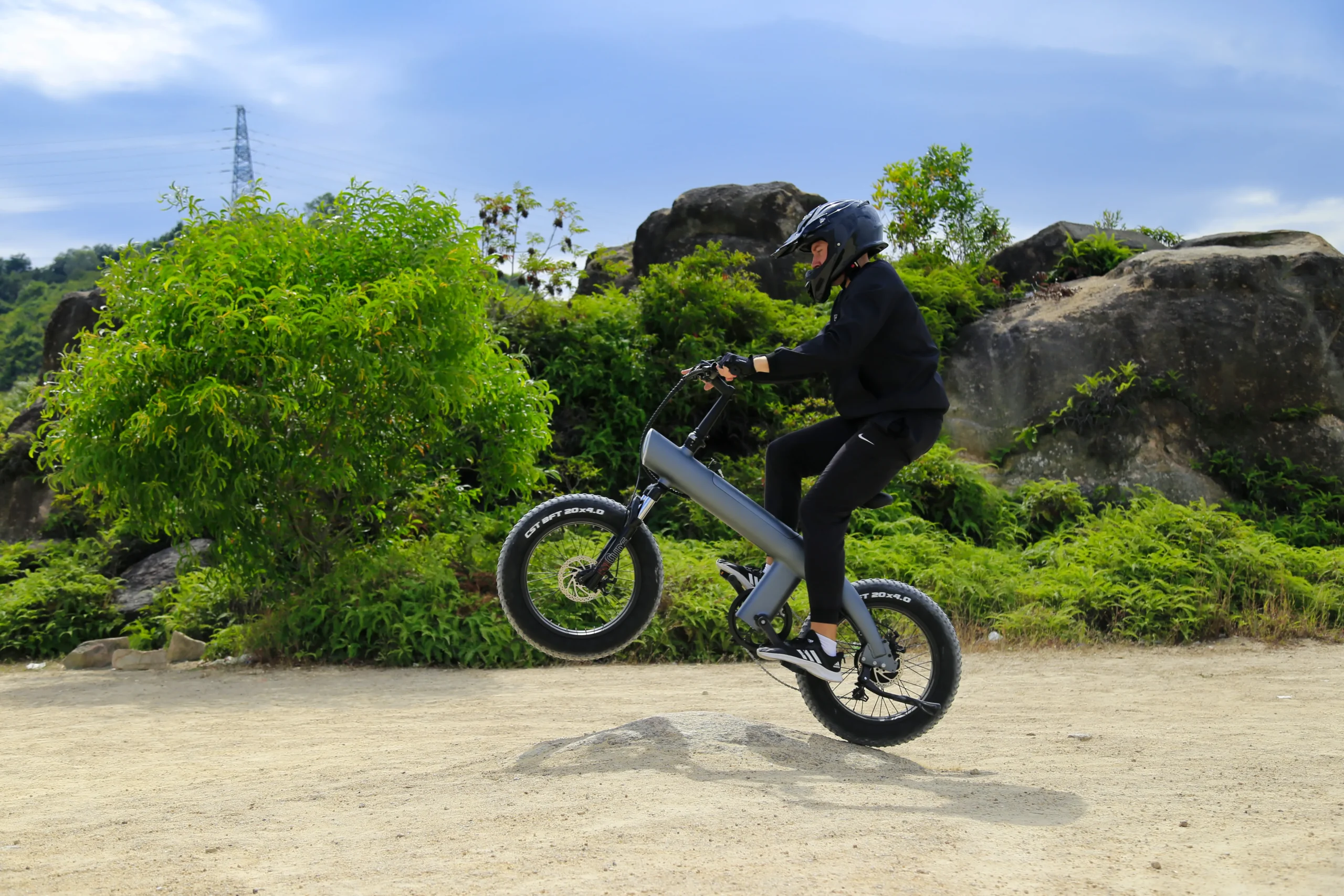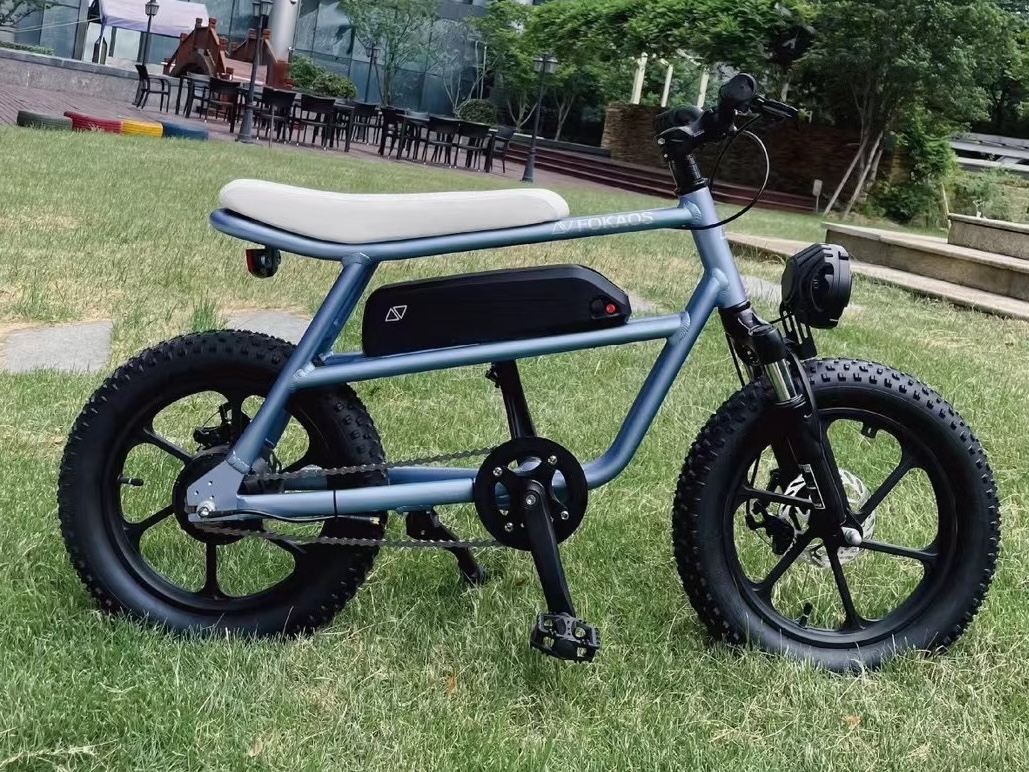
Are you considering purchasing an eBike, but unsure about how far it can take you on a single charge? In this article, we will discuss the factors that affect the battery runtime of eBikes and provide you with an easy formula to calculate your own eBike’s runtime.
The runtime of an eBike battery is determined by several factors, including the battery’s capacity, the power of the motor, the rider’s weight, terrain, wind resistance, and the level of assistance provided by the motor. While a higher capacity battery will generally provide longer runtime, it may be heavier, which will reduce the runtime. Likewise, a more powerful motor may drain the battery faster, but it can also help you conquer steep hills and provide you with more speed.
If you want to know how to calculate your eBike’s runtime based on these factors, keep reading.

Factors that Affect eBike Battery Runtime
- Battery Capacity
- Motor Power
- Rider’s Weight
- Terrain
- Wind Resistance
- Level of Assistance
Battery Capacity: The capacity of an eBike battery is measured in watt-hours (Wh) and determines the amount of energy the battery can store. A higher capacity battery will generally provide longer runtime. For example, if your battery has a capacity of 500Wh and you use an average of 100W while riding, you can expect a runtime of approximately 5 hours. However, it’s essential to note that a higher-capacity battery may also be heavier, which will reduce the runtime.
Motor Power: The motor’s power determines how fast you can ride, how easily you can climb hills, and how quickly your battery will drain. A more powerful motor can provide you with more speed and help you conquer steep hills, but it will also drain the battery faster. It’s crucial to choose a motor that can meet your needs without draining the battery too quickly.
Speed:The speed at which you ride also affects the runtime of the ebike battery. The faster you ride, the more power you will need, and the faster the battery will drain. If you want to conserve the battery’s power, you should ride at a slower speed.
Rider’s Weight: The rider’s weight is an essential factor that affects battery runtime. The heavier the rider, the more power the motor needs to provide, which drains the battery faster. If you’re a heavier rider, consider choosing a battery with a higher capacity or a motor with more power.
Terrain: The terrain you’ll be riding on is also an essential factor in determining battery runtime. Hilly terrain requires more power from the motor, which drains the battery faster. Flat terrain requires less power, which conserves the battery. Be sure to consider the terrain you’ll be riding on when choosing an eBike.
Wind Resistance: Wind resistance can also affect battery runtime. Riding into a headwind requires more power from the motor, which drains the battery faster. Conversely, riding with a tailwind requires less power, which conserves the battery. Be sure to consider the wind conditions when calculating your eBike’s runtime.
Level of Assistance: Most eBikes offer several levels of assistance, which determine how much power the motor provides. A higher level of assistance provides more power, but it also drains the battery faster. A lower level of assistance conserves the battery but may require more pedaling effort. Be sure to choose the level of assistance that meets your needs without draining the battery too quickly.
Weather Conditions:Weather conditions can also affect an ebike battery’s runtime. Cold temperatures can reduce the battery’s capacity, which means that it will drain faster. Similarly, riding in strong headwinds can also drain the battery faster. If you are riding in cold or windy conditions, you may want to choose a battery with a higher watt-hour rating.

How to Calculate eBike Battery Runtime
Now that we have identified the factors that affect the battery’s runtime let’s look at how to calculate the battery’s runtime.
The formula for calculating the runtime of an e-bike battery is as follows:
Runtime (hours) = Battery capacity (Wh) / Power consumption (W)
To calculate the power consumption, you will need to know the wattage of the e-bike motor and the level of assistance the rider is using. For instance, if the e-bike motor has a power output of 250W, and the rider is using the highest assist mode, which requires 100% of the motor’s power, the power consumption will be 250W.
Let’s assume that we have a 500Wh battery, and the power consumption is 250W. Using the formula above, the runtime will be:
Runtime = 500Wh / 250W = 2 hours
MORE INFO
It is essential to note that the formula above provides an estimate of the battery’s runtime. The actual runtime will depend on the factors we have discussed above. To maximize the battery’s runtime, riders can take several measures such as reducing the level of assistance, riding at a moderate speed, avoiding extreme weather conditions, and maintaining the battery in good condition.
In conclusion, calculating the runtime of an e-bike battery requires an understanding of the different factors that affect the battery’s performance. By considering these factors, riders can estimate the battery’s runtime and take measures to maximize its performance.






中.jpeg)
